By Ms Karen Hobson
There is often a discussion in schools about different learning styles of students. Learning style basically refers to different ways in which we learn, process and retain information. Young children learn through meaningful hands-on tactile learning experiences – through touching, movement and doing things. Children also learn through seeing and hearing. As they get older, they may prefer an alternative learning style. As we begin to observe our children, we start to identify strengths and preferences and what they like to do and this often tells us something about a child’s preferred learning style. Parents and teachers always want to foster the strengths we see developing, but we need to also try and challenge them in other areas too – children can excel in a variety of areas. At CISS we understand that it is important that we offer a variety of experiences to help our students develop new strengths and interests that will broaden his or her understanding of the world around them.
These are the four main types of learning styles we should be exposing our children to – visual, auditory, tactile and kinesthetic.
Visual learners learn through seeing. Children who are visual processors tend to observe a parent’s or teacher’s body language and facial expressions for content and learn through demonstrations. They tend to have well-developed imaginations and often think in pictures. At CISS we allow these learners to present their understanding perhaps in the form of a video or illustrations.
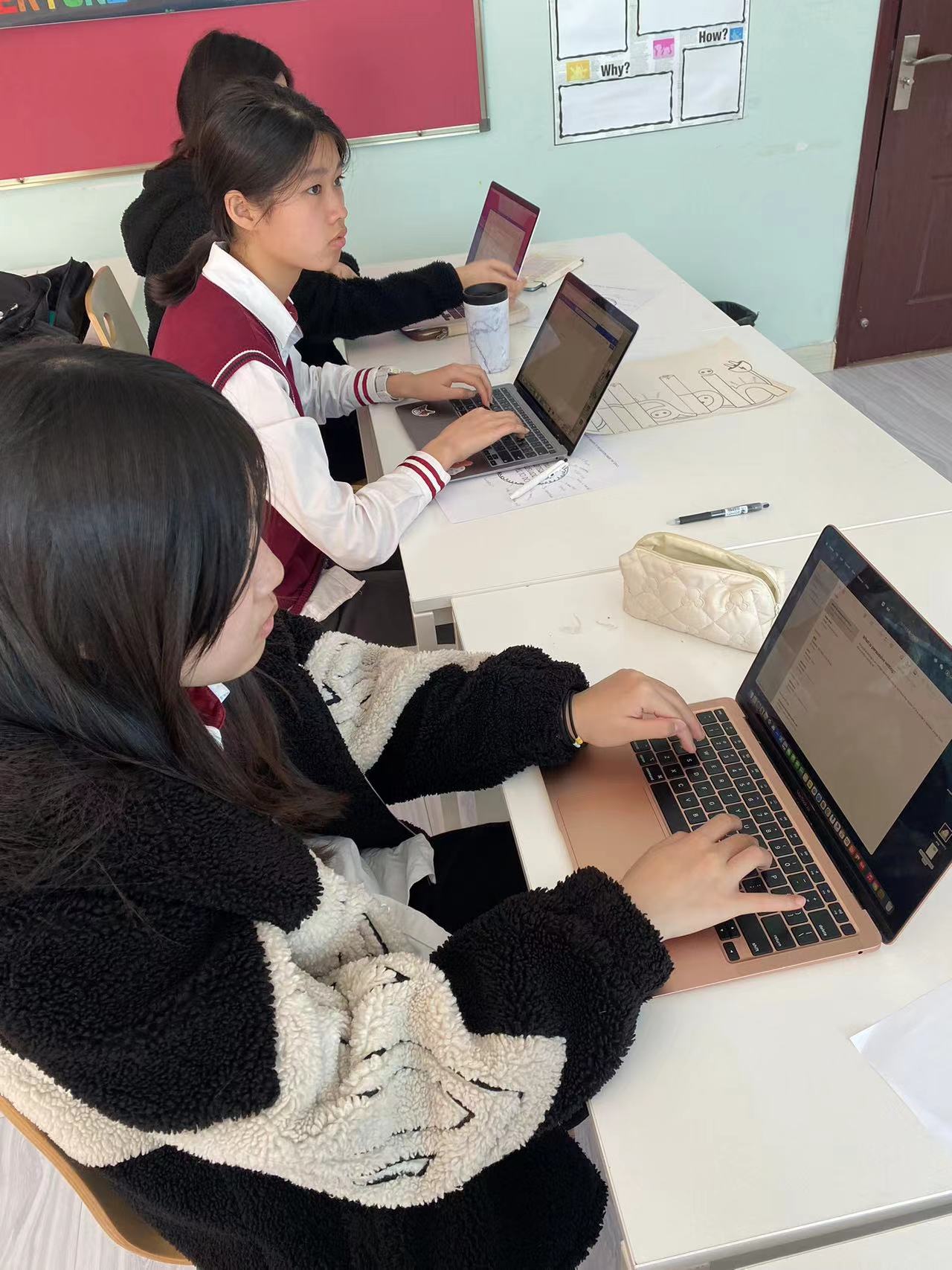
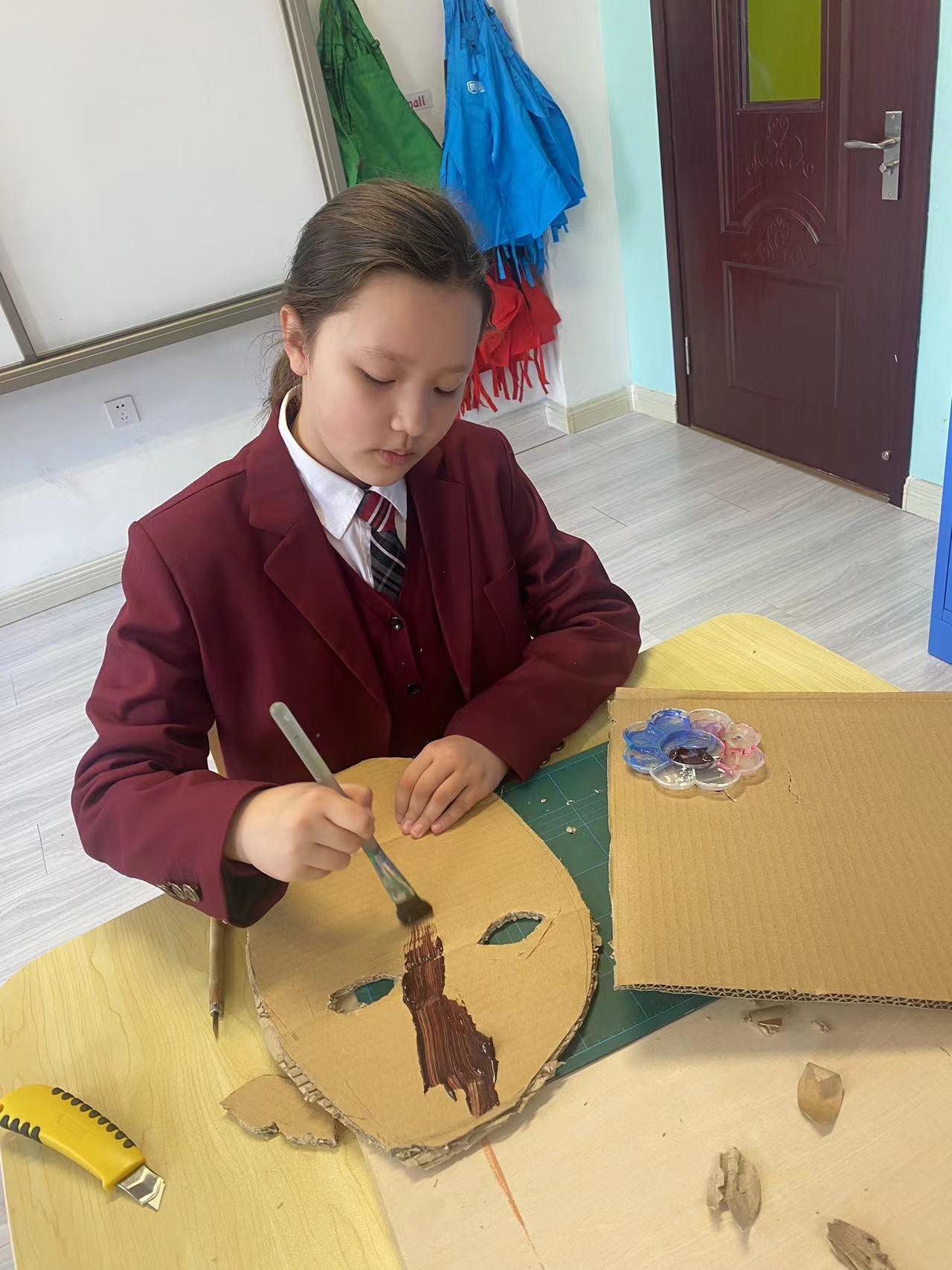
Auditory learners learn through listening. Children who are auditory processors learn through participating in discussions and talking things through. They show their learning through presentations and debates.
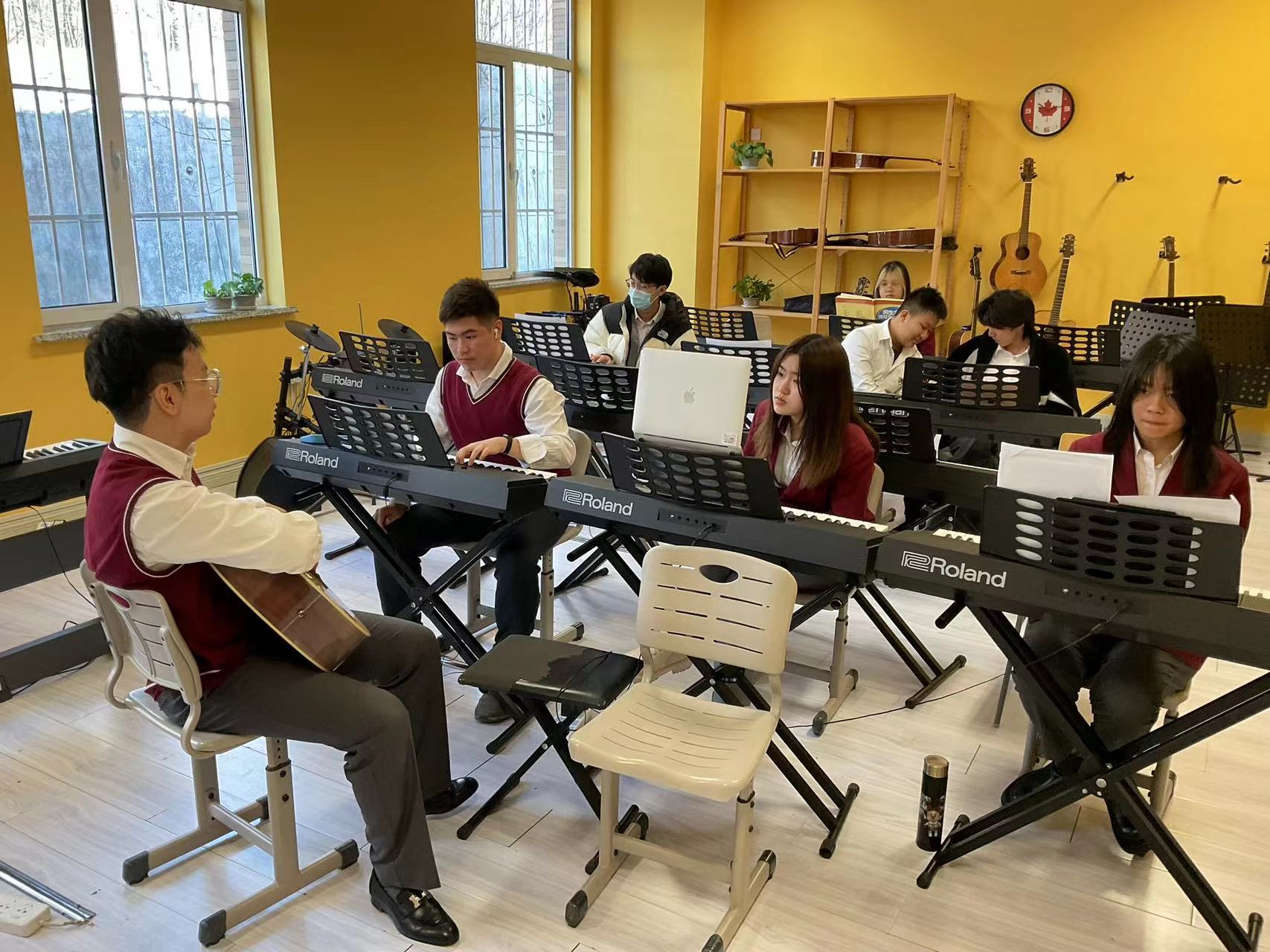
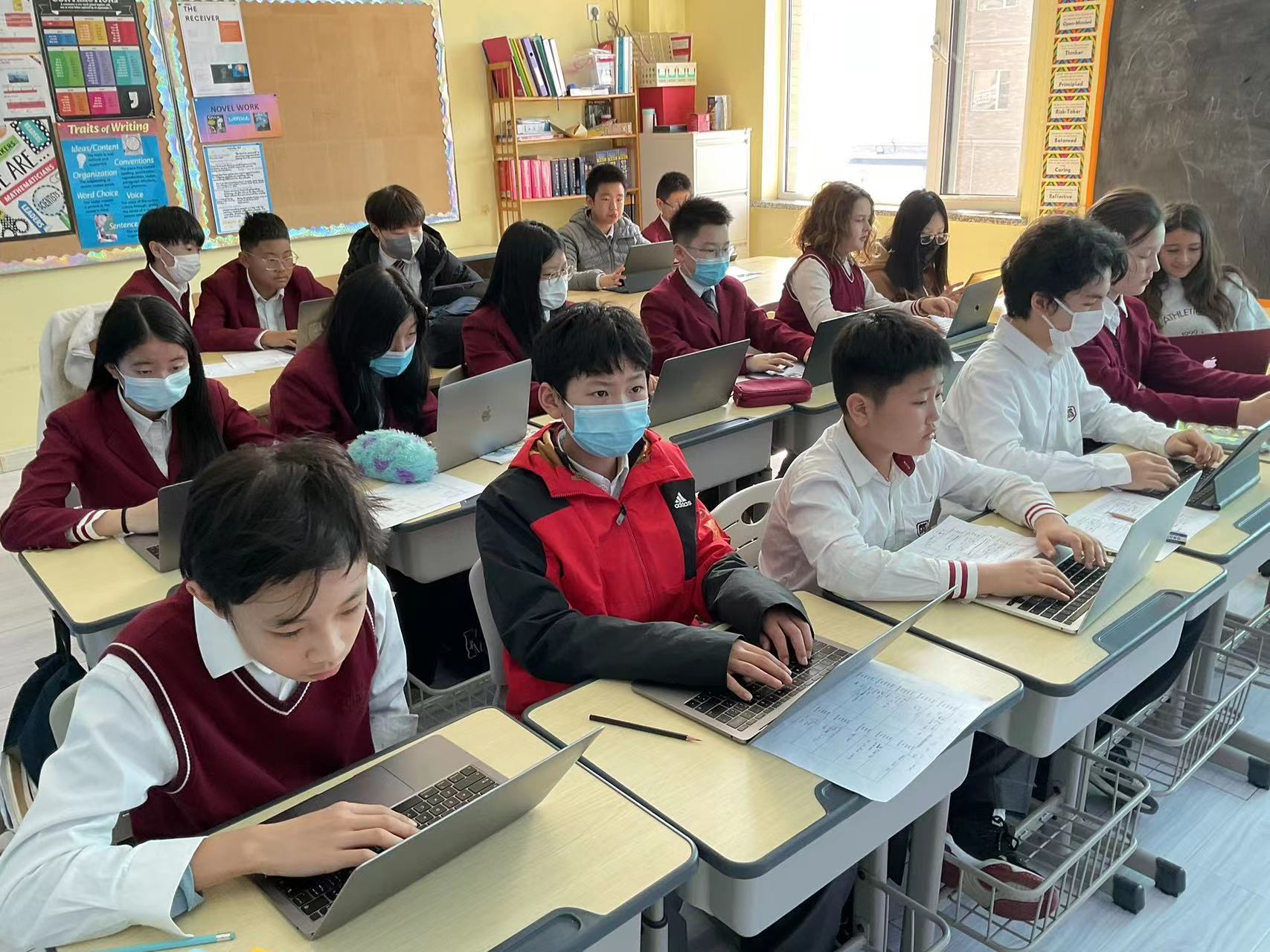
Tactile learners learn through touching and feeling. Children who are more tactile prefer activities or projects that allow them to use their hands. They like to make things. At CISS our children have the privilege of art lessons and ECAs where they can develop their skills.
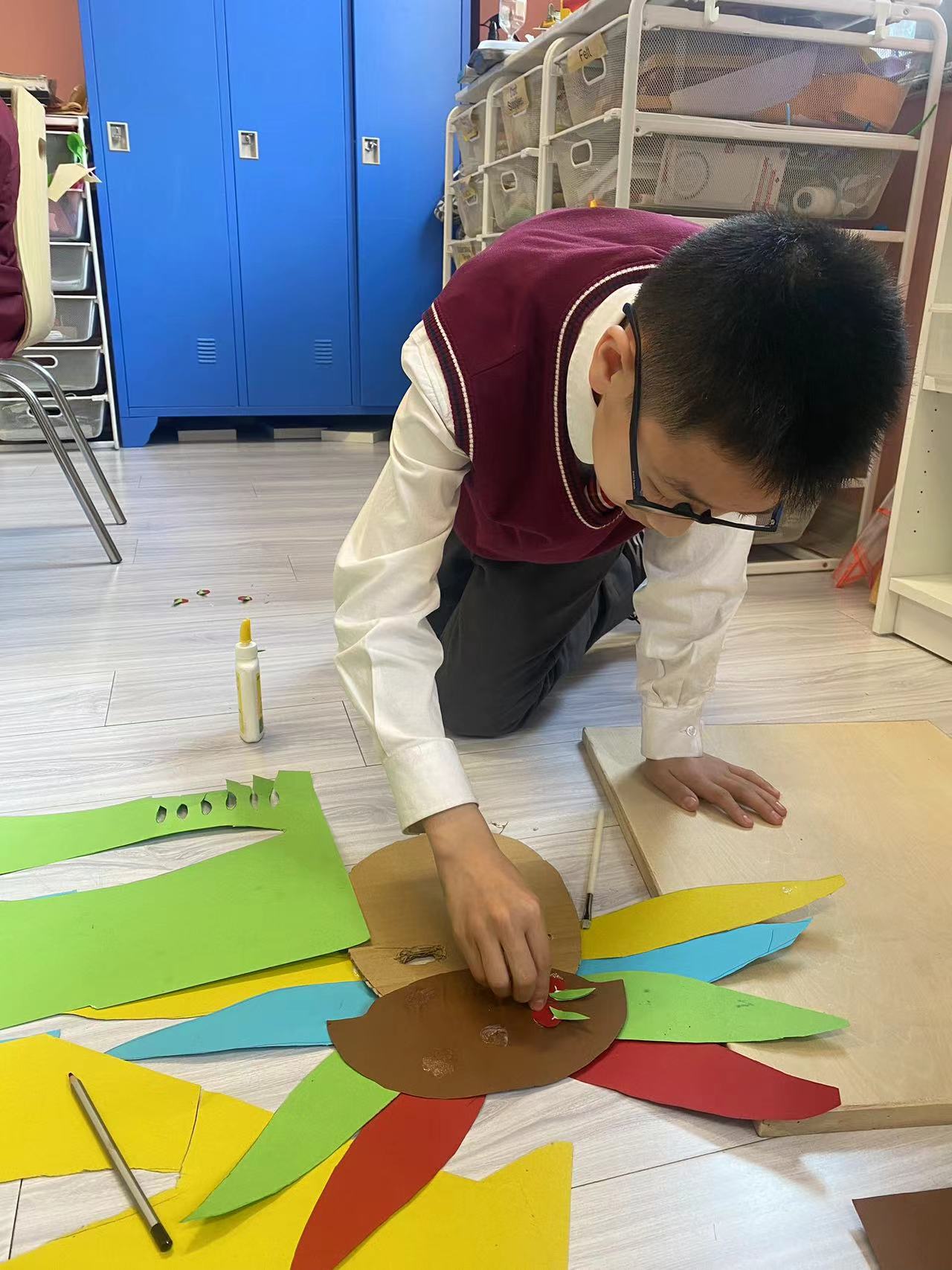
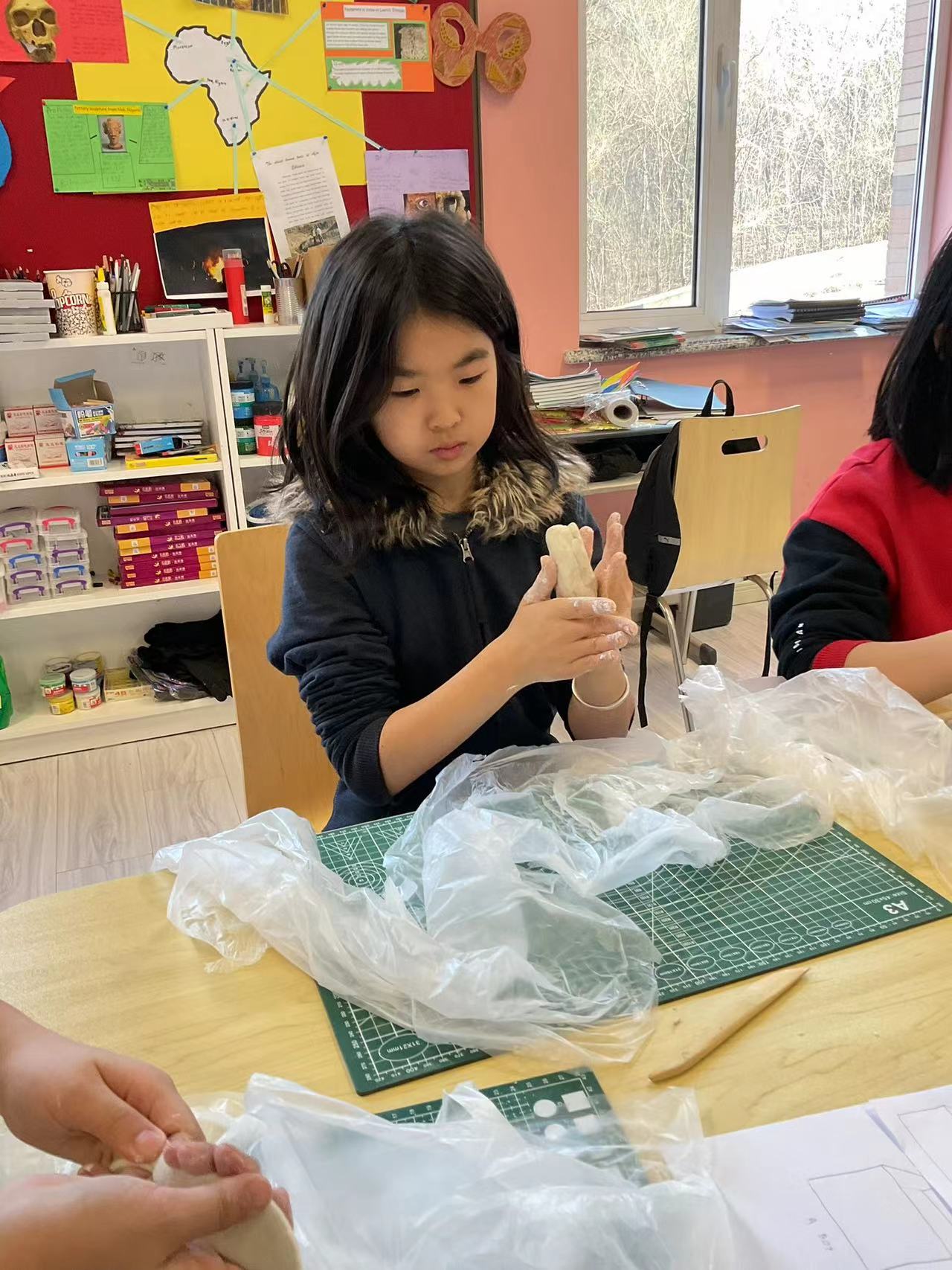
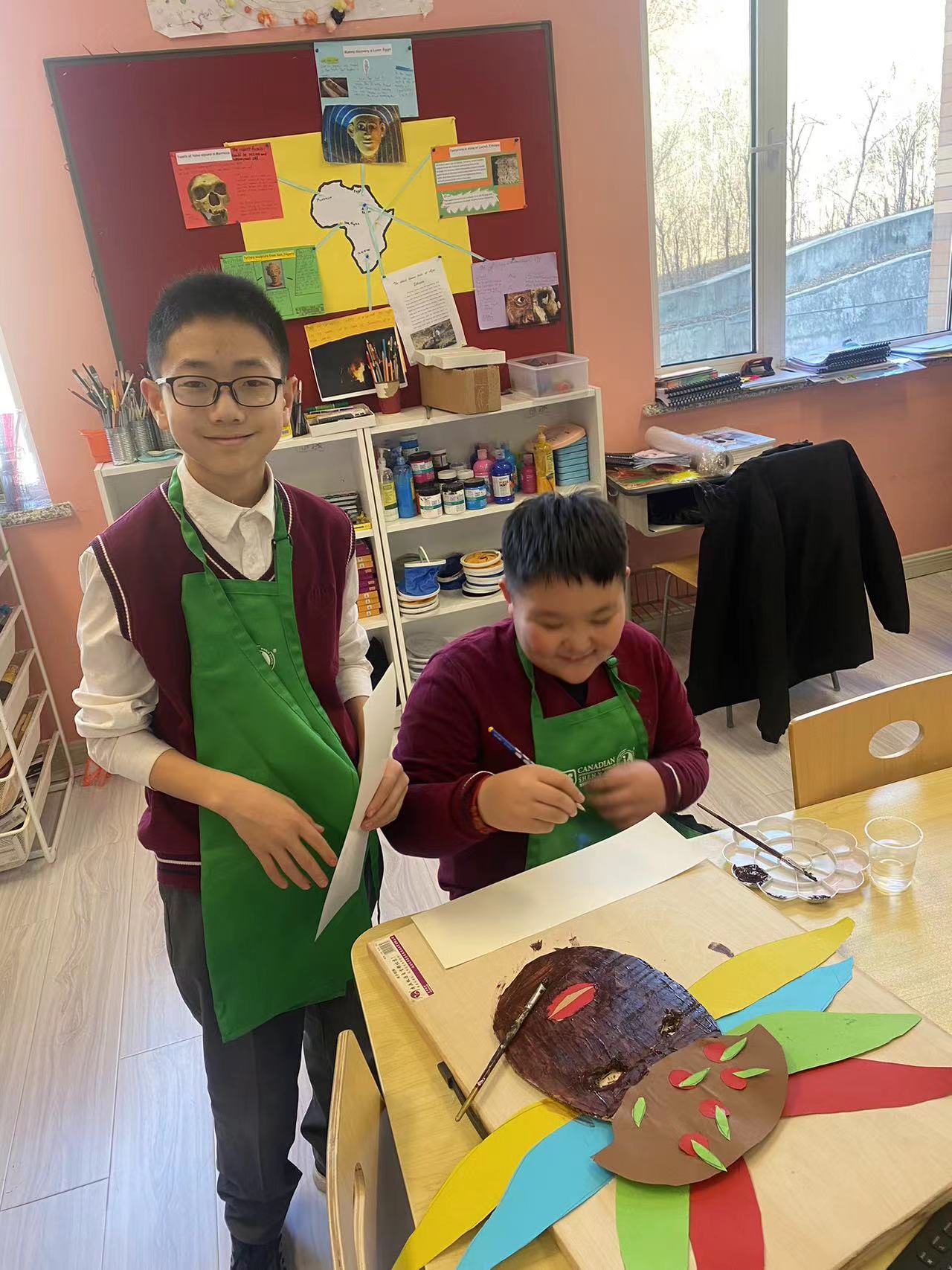
Kinesthetic learners learn through moving and doing. Children who are more kinesthetic learn through physical sensations and may have trouble sitting still for long periods. We are privileged to have Mr. Paulo at CISS who offers a variety of ways for our students to explore as kinesthetic learners.

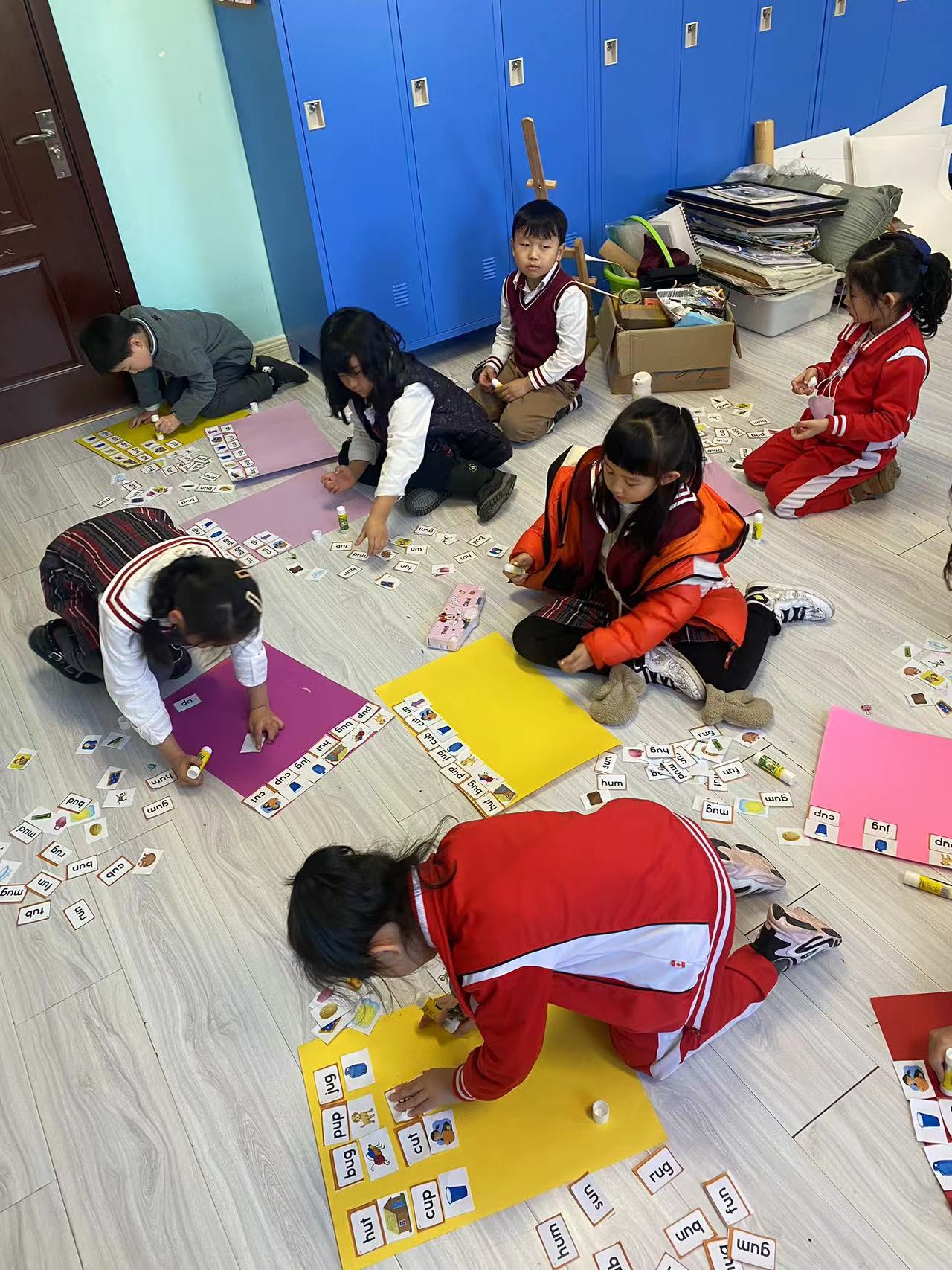
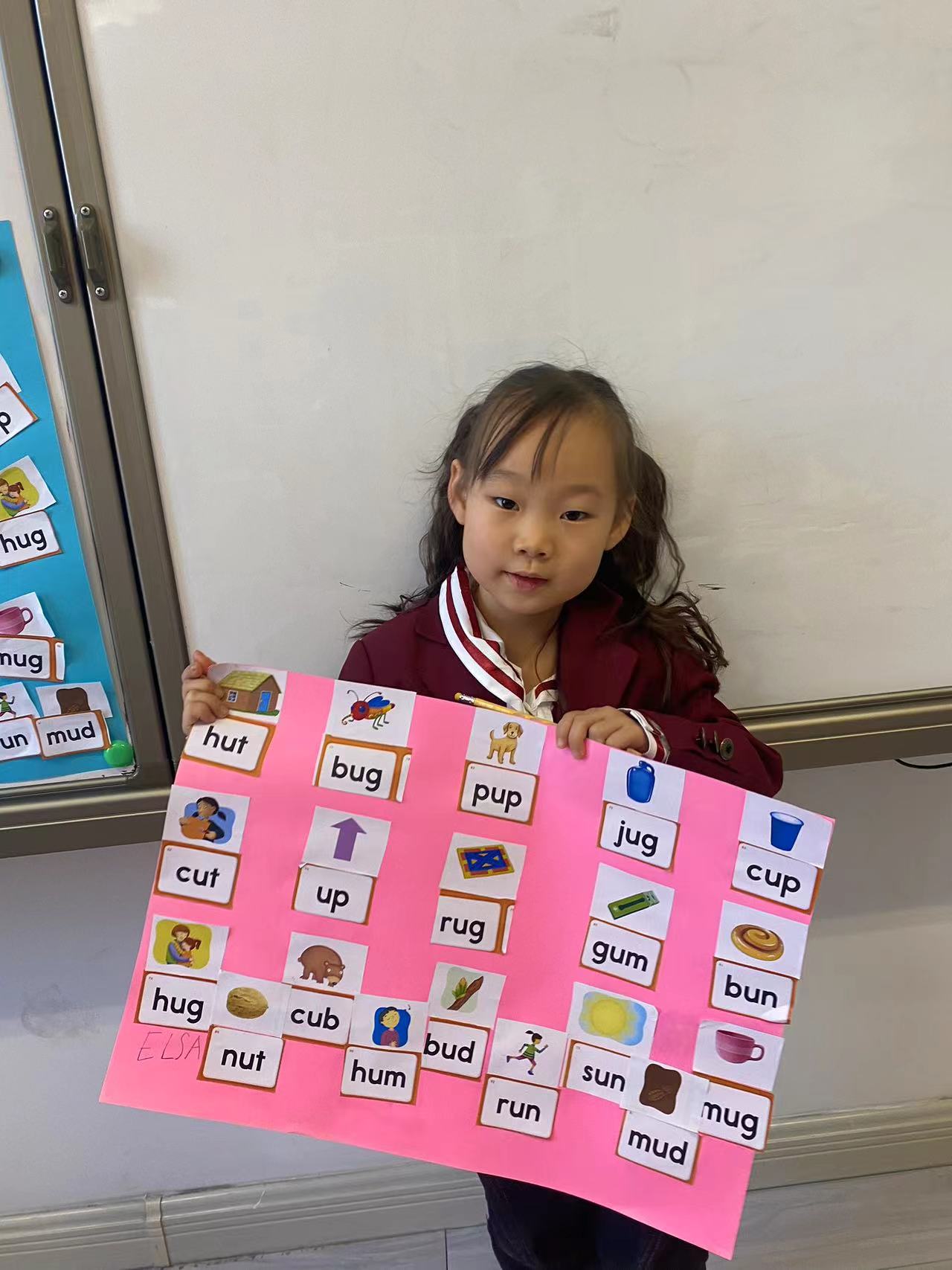
It is important to understand that no learning style is better than another – they are just different. As teachers and students at CISS we are continuously using these various learning styles to develop the ATL skills that are so embedded in the IB philosophy. To a certain extent, teaching ATL skills does happen automatically in our classrooms. However, we do spend specific time teaching and coaching students how to best approach them and this allows our CISS students to enhance their own learning. Teaching ATL skills can significantly benefit students with different learning styles and needs. With firm understandings of what, how and when to use the ATL skills, students learn to push their own approaches to the assigned tasks and develop their own style of learning.
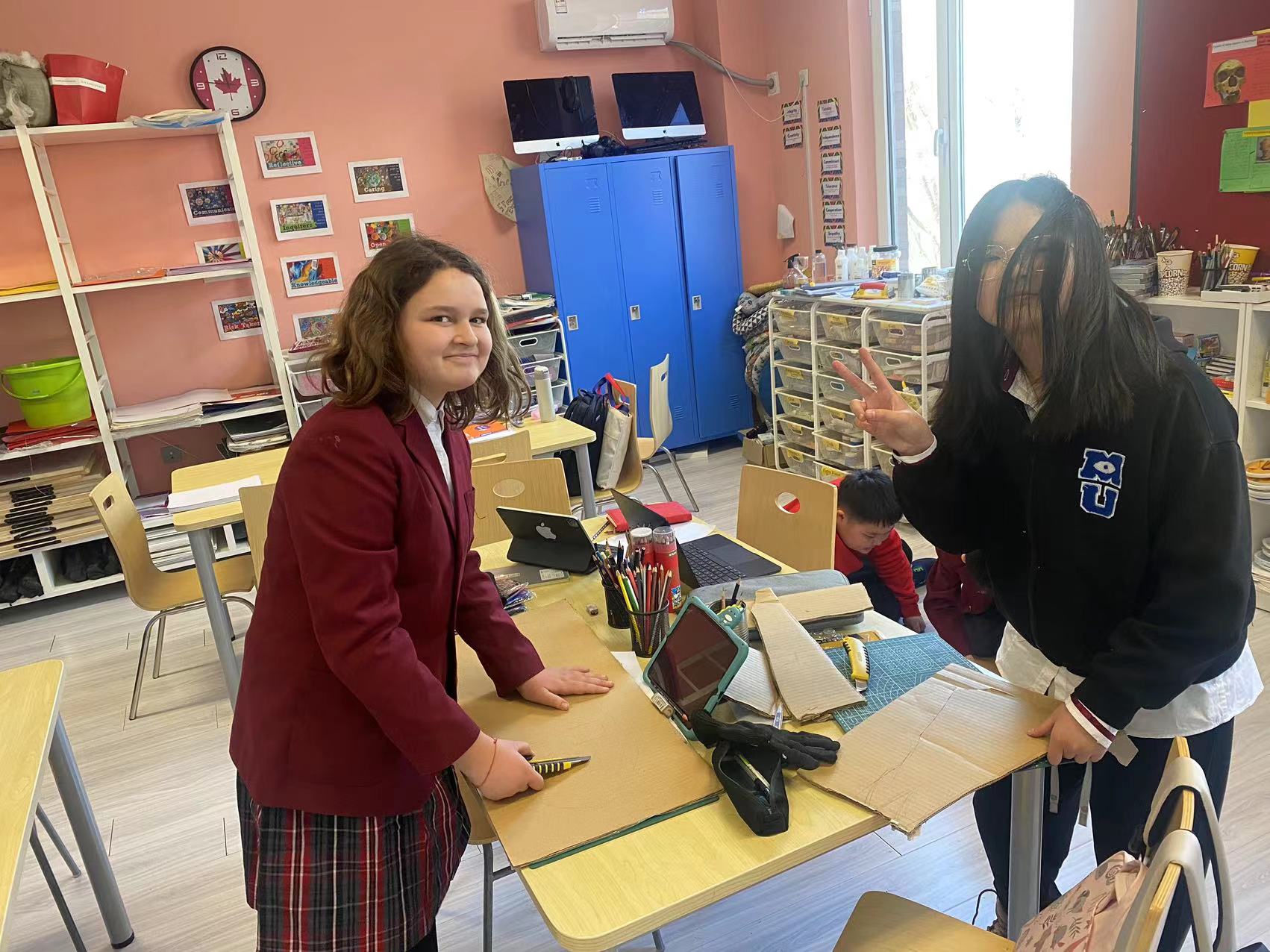
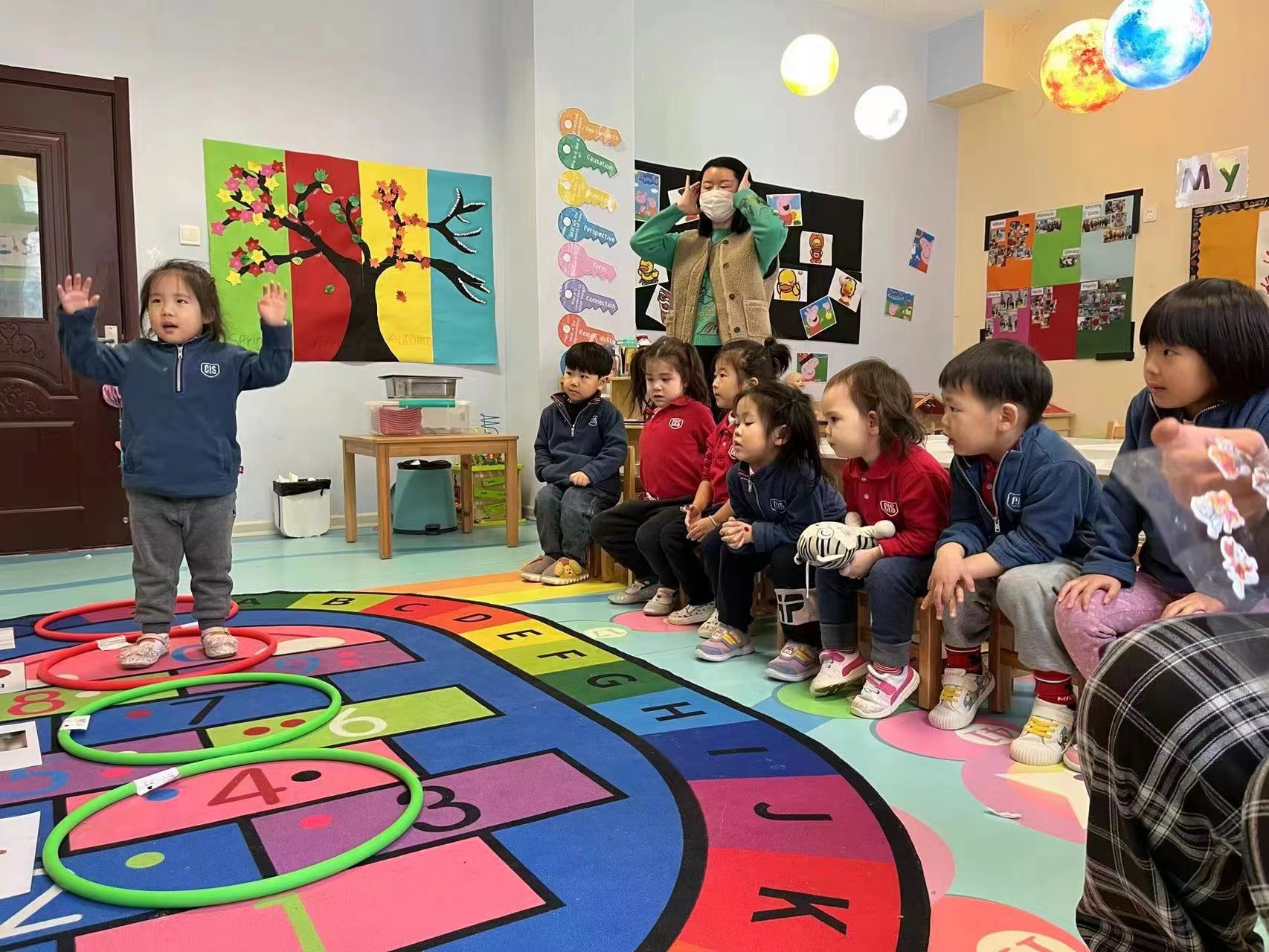
As international educators, it is our duty to create a welcoming, challenging and rewarding learning environment for our students and the teaching of ATL skills in relation to the IB learner profile enables students to further develop their skills, outlook and approaches to learning. Every student is unique and so is the way they learn.
References
Abilitypath, “Children’s Learning Styles”, Abilitypath, https://abilitypath.org/ap-resources/childrens-learning-styles/ Accessed 6 March 2023



